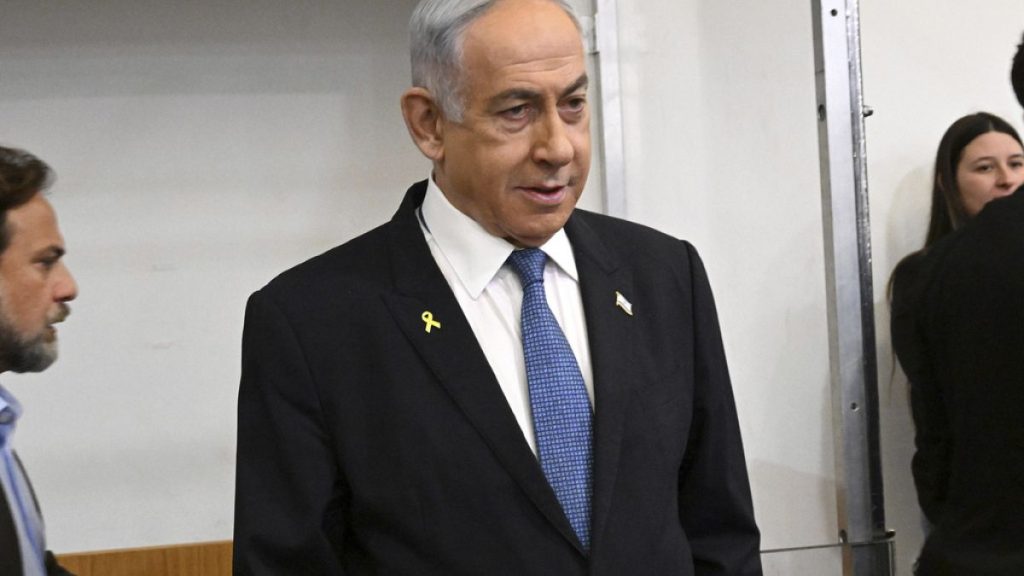The Israeli-Palestinian conflict, marked by a relentless 15-month war in Gaza, has witnessed a potential turning point with Israeli Prime Minister Benjamin Netanyahu’s decision to dispatch Mossad chief David Barnea to ceasefire negotiations in Doha, Qatar. This move signals a significant escalation in the diplomatic efforts, as Barnea’s presence indicates the involvement of high-ranking Israeli officials authorized to finalize any potential agreement. The indirect talks between Israel and Hamas, mediated by the United States, Egypt, and Qatar, have faced repeated setbacks, resulting in only one brief ceasefire in the initial weeks of the conflict. The core issues of contention remain entrenched: Hamas demands a full Israeli withdrawal from the ravaged Gaza Strip, while Israel insists on dismantling Hamas’s military capabilities.
The gravity of the situation is underscored by the staggering death toll in Gaza, with the Health Ministry reporting over 46,000 Palestinian fatalities. The deployment of the Shin Bet internal security agency head, along with military and political advisors, to Qatar further emphasizes the seriousness of the negotiations. Netanyahu’s office confirmed this decision followed consultations with his defense minister, security chiefs, and negotiators representing both the outgoing Biden and incoming Trump administrations. A photograph released by Netanyahu’s office featuring Steve Witkoff, Trump’s designated special envoy to the Middle East, further highlights the involvement of the incoming US administration in the diplomatic process.
Adding to the pressure on Netanyahu are the families of approximately 100 hostages still held captive in Gaza since the October 7, 2023, militant attack that ignited the war. The recent recovery of two hostages’ bodies has intensified their anxieties about the fate of their loved ones, fearing that time is running out. Hamas, after enduring months of intense fighting, has admitted uncertainty about the status of the remaining hostages. Both Israel and Hamas face mounting pressure from both outgoing President Biden and President-elect Trump to reach a resolution before the January 20 inauguration.
US Secretary of State Antony Blinken has expressed optimism, stating that a deal is “very close” and hoping for its completion before the transition of power. However, similar expressions of hope from US officials throughout the past year have not materialized into concrete results. Key sticking points in the negotiations revolve around the phased release of hostages, the release of Palestinian prisoners, and the extent of Israeli troop withdrawal from populated areas within Gaza.
The backdrop of these negotiations is the devastating attack by Hamas and allied groups on October 7, 2023, which resulted in the deaths of approximately 1,200 people and the capture of around 250 hostages taken into Gaza. A truce secured in November 2023 led to the release of over 100 hostages, while others have been rescued or their remains recovered over the course of the year. The ongoing negotiations carry the weight of these human tragedies, with the hope of a lasting ceasefire and the return of hostages remaining paramount.
The current diplomatic push, marked by the involvement of high-level officials from both Israel and the US, represents a crucial juncture in the protracted conflict. The complexity of the issues, compounded by the deep-seated mistrust between the parties, underscores the challenges ahead. While the expressed optimism from US officials offers a glimmer of hope, the history of stalled negotiations and unmet expectations demands cautious optimism. The coming days and weeks will be critical in determining whether this renewed diplomatic effort can finally bring an end to the devastating war in Gaza and provide a path towards a more sustainable peace.














